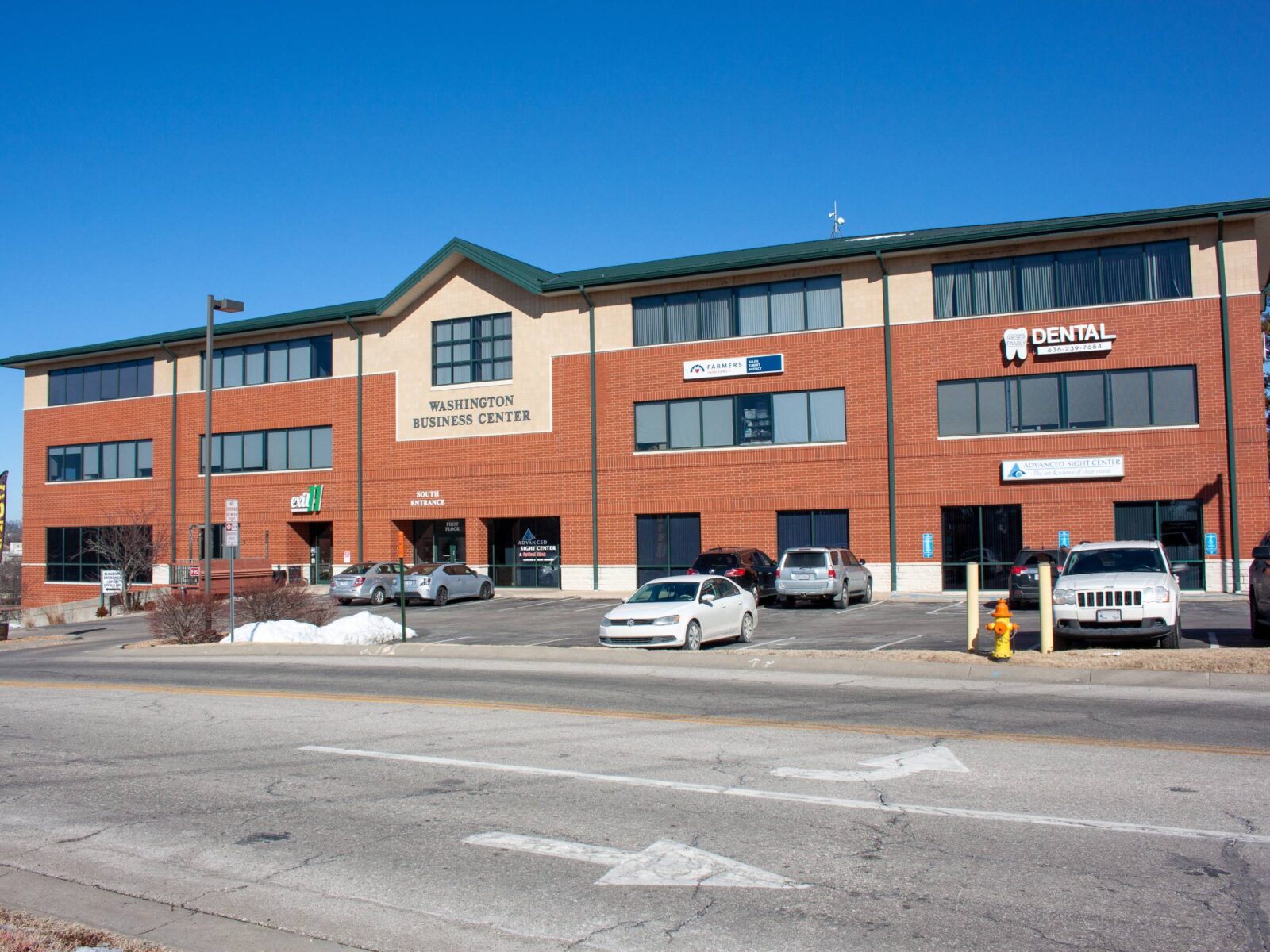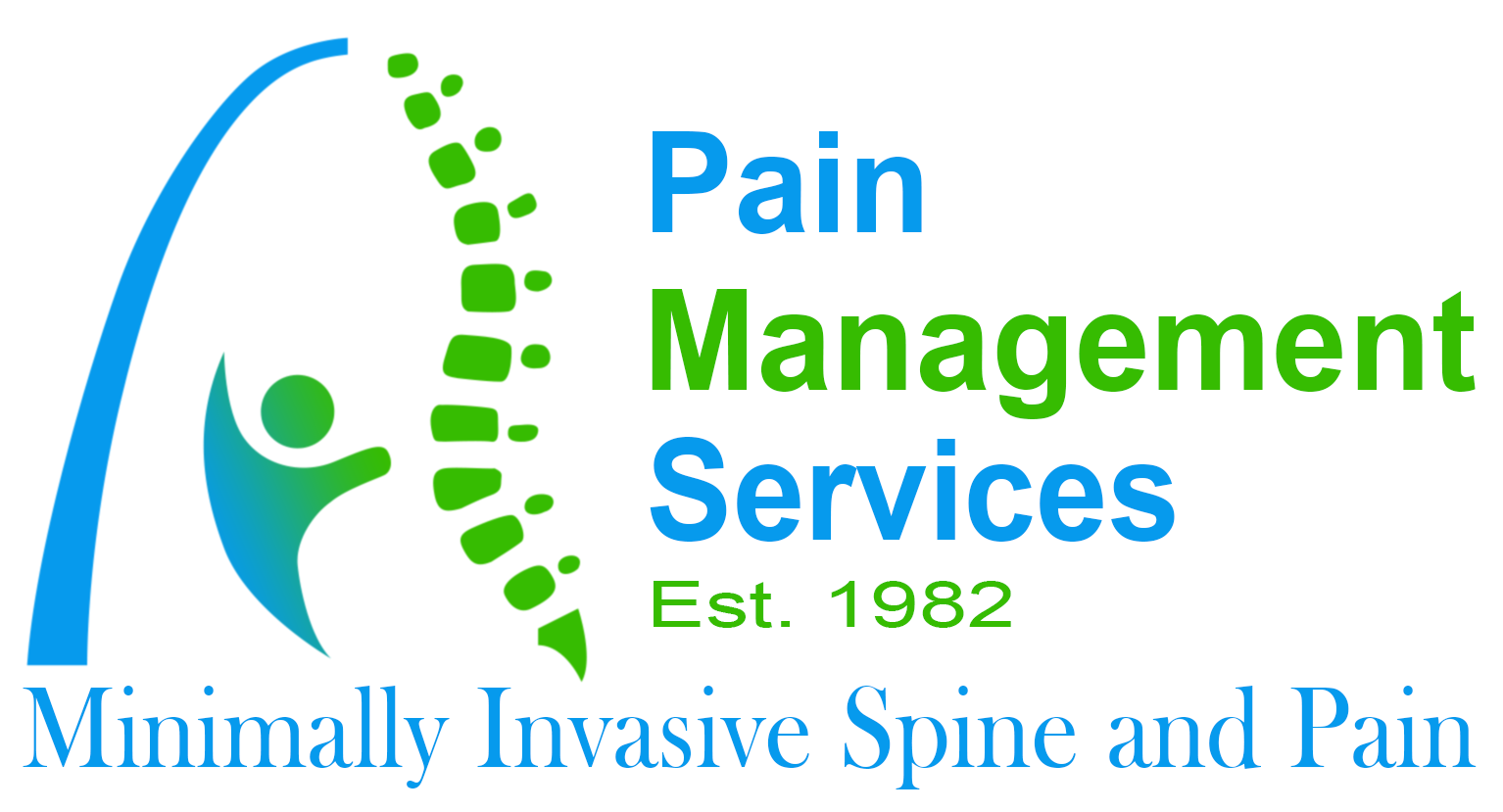Joint hypermobility, characterized by an unusually large range of motion to one’s joints, can be unique and uncomfortable. While some people may benefit from increased flexibility, others may experience unpleasant symptoms, leading to joint hypermobility syndrome. At Pain Management Services, we understand how painful this condition can be. In this article, we will explore some of the causes and symptoms of joint hypermobility, discuss ways to manage it, and highlight how physiotherapy and occupational therapy can manage this condition.
Understanding Joint Hypermobility and Joint Hypermobility Syndrome
Joint hypermobility refers to the ability to move your joints beyond the normal range. Some people may not experience problems with hypermobile joints. Still, others may face a range of symptoms, including joint and muscle pain, joint clicking, easy joint dislocation, fatigue, recurrent injuries, digestive, dizziness, fainting, and stretchy skin. It’s known as joint hypermobility syndrome when these symptoms coexist with hypermobility.
Joint hypermobility is often hereditary, and it’s attributed to changes in collagen protein, which contributes to the strength of the body’s tissues. Weaker collagen can lead to loose, stretchy ligaments and joints, and joint hypermobility syndrome can be challenging due to the diverse range of symptoms it causes. While many people with hypermobile joints don’t require medical treatment, people with joint hypermobility syndrome often need medical treatment to manage this condition.
Engaging with self-care practices can help you manage your joint hypermobility syndrome, some of which include:
- Healthy Lifestyle: Maintain a balanced diet and healthy weight, and improve your joint strength over time to reduce the strain on your joints.
- Establish A Sleep Routine: Getting a good night’s sleep and maintaining a regular sleep schedule can help reduce joint pain and tension.
- Engage in Low-Impact Exercises: Some low-impact exercises can help minimize joint strain, such as swimming and cycling.
- Use Supportive Footwear: Choosing comfortable choose that provide ankle support can help reduce joint hypermobility symptoms.
- Apply Heat Therapy: When the joints are hurt and sore, heat-rub cream and warm showers can help reduce pain.
- Rest and Elevate Injured Joints: If you experience an over-stretched joint, rest and elevate it to relieve it.
While self-care practices can help alleviate symptoms, other treatments can help reduce pain, including physiotherapy and occupational therapy.
- Physiotherapy: Physiotherapy can help manage joint hypermobility through different techniques, including strength and balance training, stretching exercises, and pacing activities to help alleviate the joints. This form of therapy plays a crucial role in reducing pain, as it works with your body to improve your muscle strength, enhance your posture, and correct unnatural movement patterns.
- Occupational Therapy: Occupational therapy can provide techniques and adaptations to help perform daily tasks without creating strain on the joints. Through this therapy, the therapist can offer advice on ergonomics when using a computer or getting dressed and recommend home modifications and assistive devices to facilitate movement and improve your sense of independence.
While living with joint hypermobility can be challenging, having proper ways to manage it can help minimize the pain and discomfort. Pain Management Services offers a comprehensive approach to chronic pain conditions, including numerous therapy and treatment options. For more information about our services, call us at (314) 821-8644 and visit our clinic in Ballwin, MO, to learn more and speak with Dr. Calvin Cajigal, MD, today.










